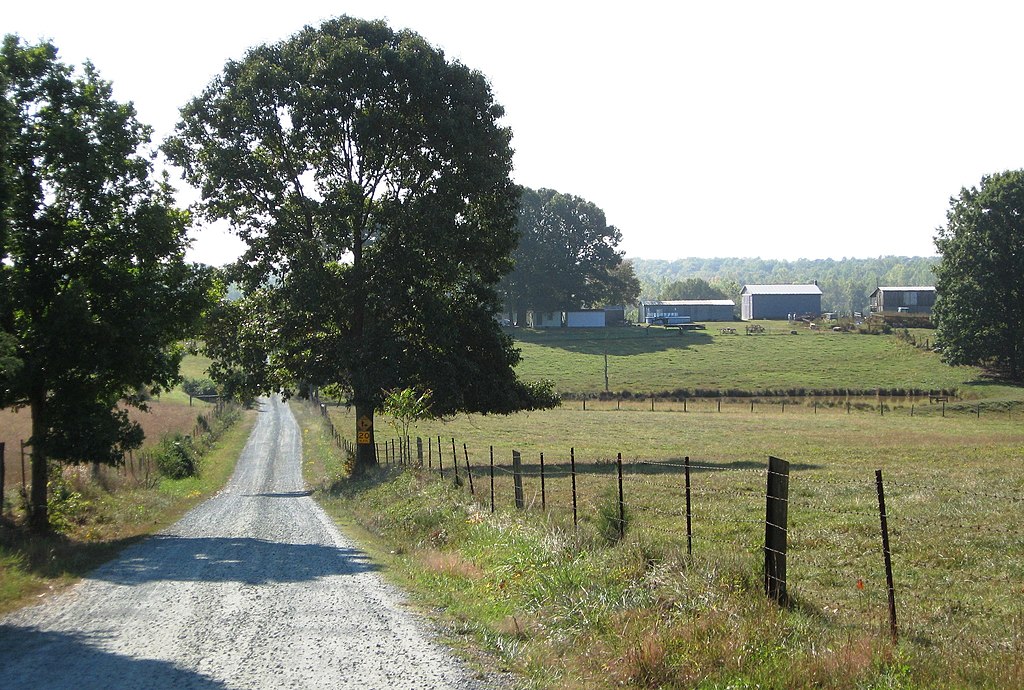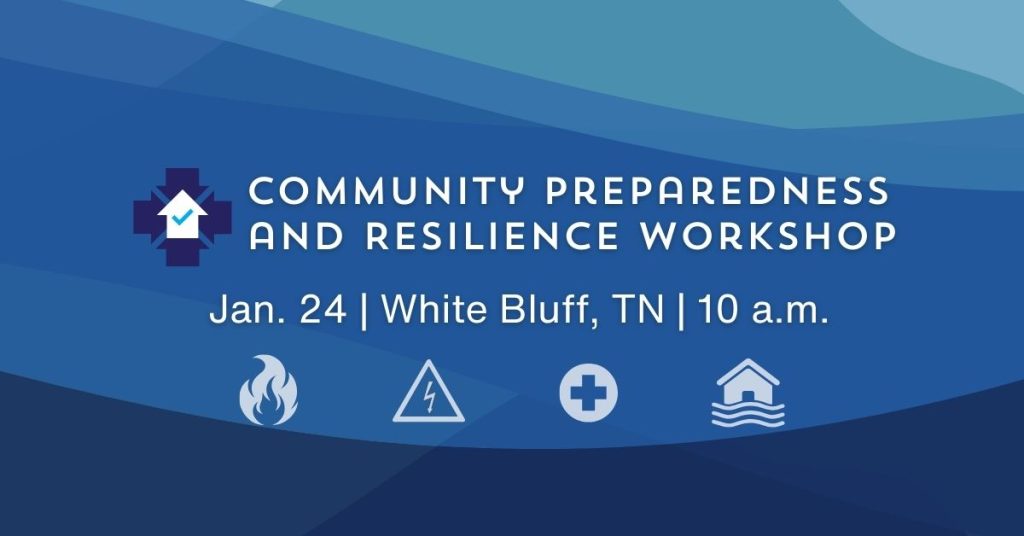Breaking Down Job Barriers
By Paige Campbell
Nearly three-quarters of a million jobs were lost in Appalachia between 2007 and 2009. All but 35 of the region’s 420 counties, as designated by the Appalachian Regional Commission, saw negative employment trends during that lowest low of the current recession, and the slow crawl back out has been slower here than across the nation as a whole.
Of course, high unemployment doesn’t mean the total absence of available jobs. In West Virginia, which saw the region’s sharpest decline in employment rates with a 3.3 percent drop, some employers are still seeking workers. One community college’s job placement board posts a few new positions each week; In Logan County alone, employers are seeking truck drivers, home health aides, warehouse loaders and receptionists.
The existence of such jobs, even in small numbers and offering comparatively low wages — over half of those positions pay $10 an hour or less — may perpetuate the “pull-yourself-up-from yourbootstraps” sentiment shared by many opponents of public investment in job creation. But what sort of bootstrap does a low-wage job offer the average person in a region plagued by long-term economic distress? And what happens when physically getting to such a job is its own hurdle? These are the questions that Occupational Enterprises, Inc. of Lebanon, Va., an organization working to help Southwest Virginians become self-sufficient, is tackling.
“There are jobs here and there,” says OEI’s Doug Meade. “But what we’re missing are manufacturing jobs, jobs where the masses can get some training and go to work.”
Early OEI caseworkers encountered a variety of barriers to employment among their clients, beyond the problem of fewer jobs. Undiagnosed learning disabilities were common, as were struggles with substance abuse.
“Another big [problem] was transportation,” Meade explains. With almost no public transportation in many counties, he says, a few agencies offer van services to certain populations. “But even those can’t get into all the nooks and crannies of Southwest Virginia.”
In 2002, OEI launched a program to help low-income people purchase affordable vehicles. The Cars for Work program now partners with Vehicles for Change, a Baltimore agency that distributes donated cars and helps coordinate the low-interest, 12-month loans that enable participants to purchase their cars, tags and warranties. The participants also attend vehicle maintenance and budgeting courses.
Denise Leftwich, who oversees Cars for Work and runs trainings in 13 counties, says credit problems can make traditional financing impossible. Without a loan, “you can’t get a reliable vehicle,” she says. “And in a rural place … it might take 30 minutes just to get to the end of the hollow. If you can’t get your kids to daycare and yourself to work, [you can’t] be self-sufficient.”
Daycare costs, too, can hinder financial stability even in communities where jobs exist. In Kentucky, the Hazard-Perry County Community Ministries program has offered childcare since 1981 as a crucial part of its workforce development strategy.
“When the organization was founded, they wanted to focus on two things,” says Adrienne Bush, interim executive director. “First, basic crisis assistance for families who were hungry or just needed help. But they also quickly realized that lack of childcare was becoming a huge issue.”
New Beginnings, the agency’s daycare, helps low-income families navigate the process of applying for subsidized childcare tuition through a state-administered federal grant. About 70 percent of its clients receive subsidies.
“We see child development and early childhood education as critical pieces of educating our workforce,” says Bush. “And in terms of economics, you can’t have a stable workforce on a macro level or individual economic stability on a micro level if workers are worried about where their kids are staying.”
To receive the reduced rate, low income families must be employed or attending school; many are doing both, Bush says. “Our mission is to serve people who are struggling to get ahead,” she adds. “We believe that they deserve just as high quality care as those who can afford to pay for it.”
Chickens, Internet & Entrepreneurs

A "spoiled" chicken in Scott County, Va., takes a drink of clean water from the Avian Aqua Miser. Photo courtesy of Appalshop
The chickens on Mark Hamilton and Anna Hess’ farm in Scott County, Va., don’t fear humans. “We’ve spoiled them,” Hess says. Not long after they first bought their 58-acre farm, a friend gave them chickens. What followed — thanks to innovative thinking and high-speed internet access — is an invention that has sold worldwide and is a model for rural economic development.
Scott County was once a hub for big tobacco farms, and its location — nestled between two coal-rich areas — provided an opportunity for residents to work in the mines. Once the income from the tobacco industry and the coal companies dried up, however, the county suffered. Filling the void these tobacco farms left are small, self-sustaining farms. But with small farms come small farm problems.
Like many small farmers, Hamilton and Hess had a problem leaving out water for their chickens. Leave too much water and it becomes dirty and unsanitary, leave too little and they can practically never leave the farm because they have to constantly replace the water.
Hamilton creatively solved this dilemma with an invention he calls the Avian Aqua Miser, a nipple on a plastic container that allows chickens to drink the water only as they need it, a drop at a time.
They knew they had a winning idea, but the problem was selling it. Hess saw the time needed to set up and staff a farmers market booth as a hindrance. “But the internet is at the booth all day,” she says. By selling their ideas online, “We were able to pay ourselves a living wage, not just minimum wage. That’s hard for a lot of people around here to do.”
Because the Scott County Telephone Cooperative provides high-speed internet access to the Hamilton/Hess farm, they have been able to sell the Avian Aqua Miser around the country and overseas. Access to high-speed internet also enabled Hess and Hamilton to start their business with just five hundred dollars.
Hess and Hamilton hope to act as models for Appalachian youths who have good ideas but few resources and think they have to leave home to be successful. Their invention has offered them the economic freedom to devote their time to what they really love — their farm. “We think it’s paradise here,” Hess says, waving her arm around to indicate either the farm, Appalachia or both. “The people who leave the mountains, they still think it’s paradise, but they don’t think there are any jobs or opportunities.”
With innovative ideas, and the right tools in place, maybe local residents won’t have to separate their paradise from their daily bread.
Editor’s note: A longer version of this article
was originally published in June 2011
by WMMT/Making Connections News
and is available online at: makingconnectionsnews.
org.
Related Articles
Latest News

Leave a comment
Your email address will not be published. Required fields are marked *





Leave a Comment